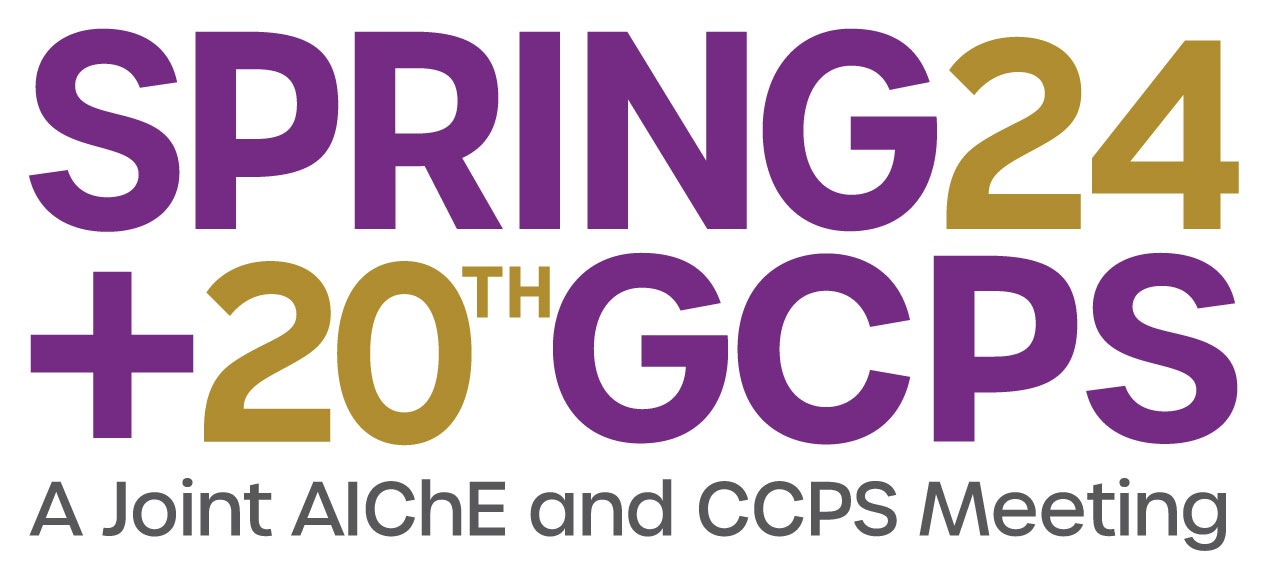

With the publication of the Generic Maximum Achievable Control Technology Standards Residual Risk and Technology Review for Ethylene (EMACT) under NESHAP regulations in March 2020 the requirements for the design and operation of flares in the ethylene production industry in the US changed significantly. Compliance with the new EMACT requires operators to significantly increase the monitoring, control and reporting associated with all flares in the industry. These requirements are similar to those imposed on the Refining Industry in the Refinery Section Rule in 40CFR 63.670 which was published in December 2015. This paper will present some techniques that have been used to improve ethylene flare operation in the post-EMACT era.
The most significant change required from a flare operating standpoint is the addition of a new operating parameter called the Net Combustion Zone Heating Value or NHVcz. The NHVcz is defined as the net heating value of the flare gas just prior to combustion including the dilution effect of assist steam or assist air that is injected into the flare tip. The assisted flare must include automatic control of supplemental fuel gas to maintain the NHVcz above 270 BTU/SCF at all times.
Additionally, the EMACT required the preparation of detailed flare management plans designed to minimize flaring and to minimize any non-smokeless operation of each flare. This flare management plan established published smokeless capacities for each ethylene flare that must be maintained at all times. Any smoking event on a flare can trigger a violation of the standard requiring detailed root cause analysis and corrective actions.
Depending on the capacity, size, operation, and smokeless capacity of an ethylene flare it can be very difficult to maintain both the smokeless operation and the NHVcz within the guidelines at all times. And some operating conditions can initiate automatic supplement gas addition into the flare header that can greatly increase the utility costs associated with the flare system.
Many operators have attempted to minimize the amount of steam injected at low flaring rates in order to prevent excessive supplemental fuel usage required to maintain the minimum NHVcz required by the rule. Operating with insufficient cooling steam on a steam assisted flare tip (or cooling air on air assisted flare tip) leads to internal burning within the body of the flare tip that can cause or accelerate heat damage to the flare tip resulting in more frequent maintenance or requiring complete replacement of the flare tip.
Many design and operational changes have been developed by flare designers and operators in order to optimize the operation of ethylene flares in the post-EMACT era. This paper will present several such design and operational changes that have been used effectively to optimize ethylene flare operation. These changes / recommendations will be grouped into several different categories that have been used including:
- Major redesign and/or retrofit of the flare burners to optimize the flare burner design and improve flare operations.
- Minor retrofits to existing flare burners to improve flare operation.
- Control strategies (with or without burner retrofits) for improved flare operation.
Presenter(s)
Language
Pricing
Individuals
| AIChE Member Credits | 0.5 |
| AIChE Pro Members | $19.00 |
| Fuels and Petrochemicals Division Members | Free |
| AIChE Graduate Student Members | Free |
| AIChE Undergraduate Student Members | Free |
| AIChE Explorer Members | $29.00 |
| Non-Members | $29.00 |
